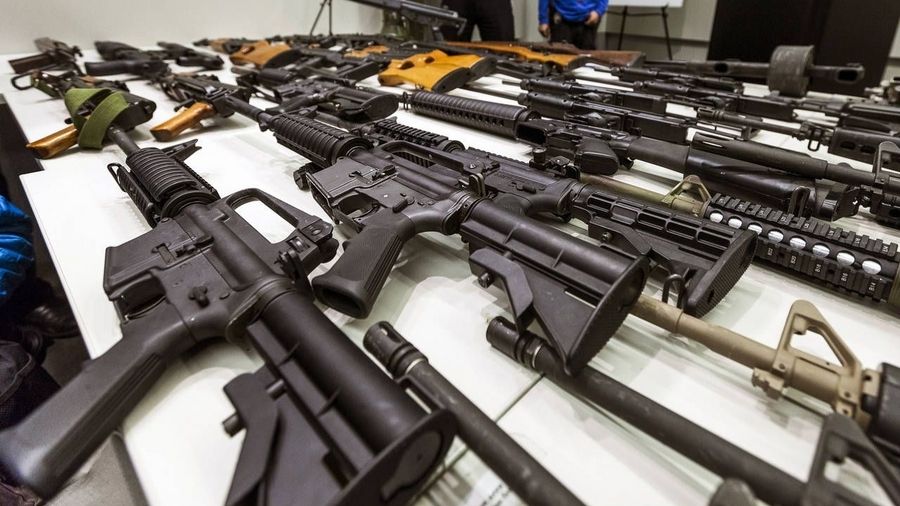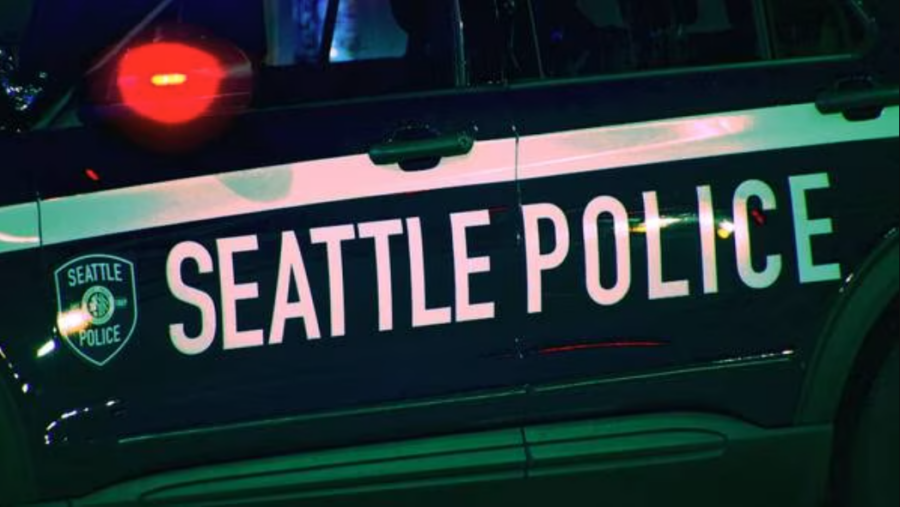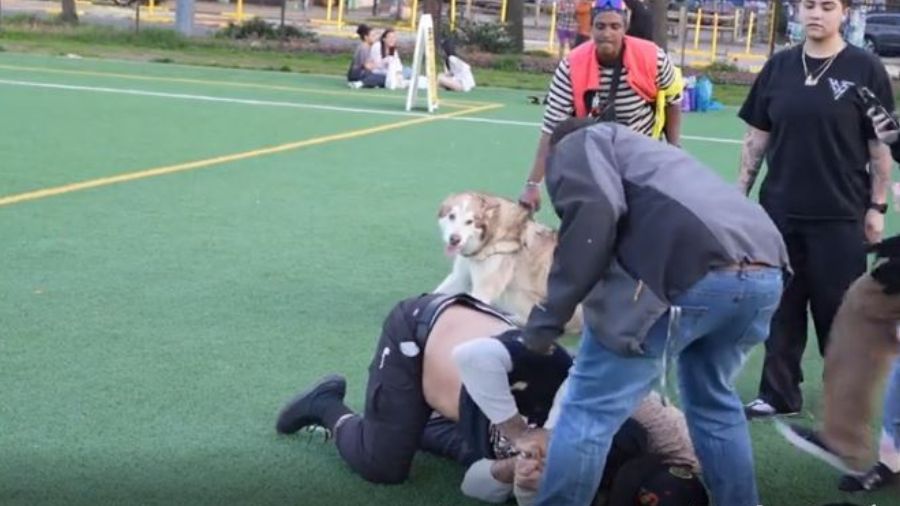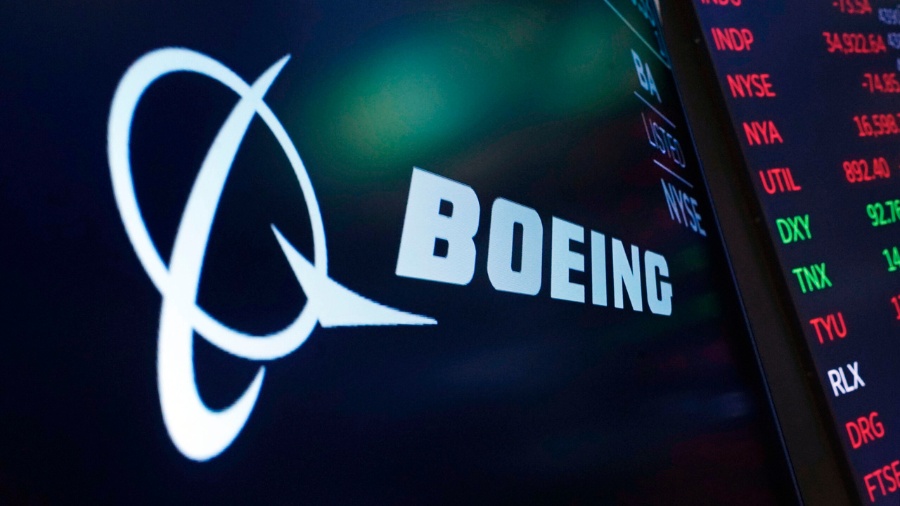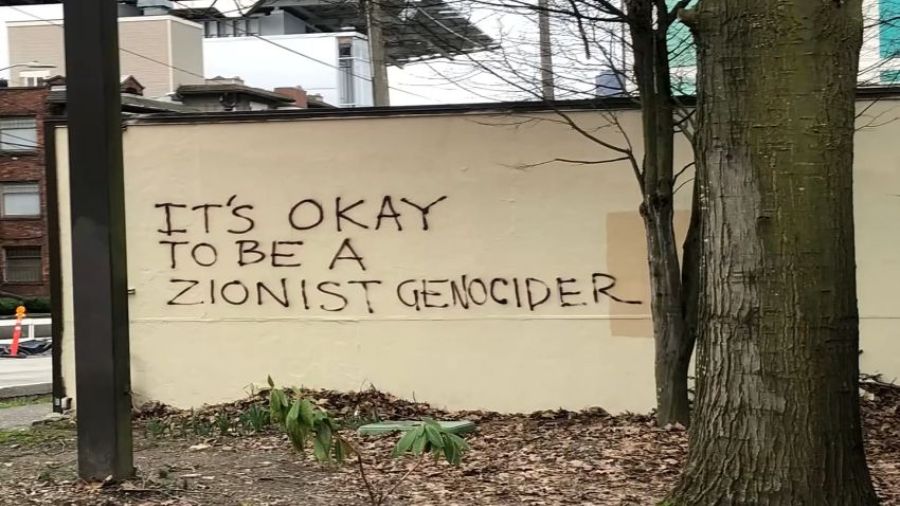Future of Seattle’s proposed I-5 lid will likely fall to city’s next mayor
Jul 20, 2021, 2:26 PM | Updated: Jul 21, 2021, 11:05 am

The future of proposed lid over I-5 in Seattle remains unclear. (Photo: Lid I-5)
(Photo: Lid I-5)
Where does the future of a proposed lid over I-5 through downtown Seattle stand with the city poised to elect a new mayor later this year?
What an I-5 lid might look like through downtown Seattle
A study was first commissioned in 2019 to determine the feasibility of lidding I-5 between Denny Way and Madison Street in downtown Seattle, and was released to the public late in 2020. “Lidding” would build a cover over I-5, similar to how the freeway park and the Washington Convention Center covers part of the freeway now.
While supporters have pushed for it as a means to create more available housing, public parks, and community gathering spaces, opponents have pointed to the massive logistical and financial undertaking the project would require in order to be fully realized.
The 150-page study ultimately found evidence to support both sides of that debate, concluding that while building and maintaining the proposed lid would be “challenging,” it also “presents intriguing and meaningful benefits.”
Last month, an advocacy group leading the effort in support of the lid gathered responses from Seattle’s mayoral candidates to determine where they stand. While a handful of the candidates expressed support, many also noted that there is still years of work to be done.
That includes Andrew Grant Houston, who said that he is “in support [of the project], but only with funding from the federal government.”
For Colleen Echohawk, the lid represents “a long-range project that will require continued support of further design refinement and coordination between project advocates, neighborhoods and WSDOT.”
Jessyn Farrell laid out her own plans to “leverage state, regional, and city financing to maximize public use of the I-5 lid,” while promising to commission more studies to look into the feasibility of an even larger lid extending through the entire Seattle I-5 corridor.
While Lance Randall similarly expressed his “strong support” for the lid project, vowing to “push the Governor and the State Legislature to fund the cost of the improvements so that we can move forward with the test cases for the project.”
Lorena Gonzalez stated that she was “generally supportive of the concept,” but did not specify her requirements for moving it forward.
Bruce Harrell did not respond to the group’s inquiry, but “said he supports the project during a candidate forum hosted by the MASS Coalition.”
In total, it estimated that the lid would create between 621,000 and 4.7 million square feet of new housing space, up to 5 million square feet of commercial and hotel space, and as many as 9.8 acres of new parks. That new infrastructure could also potentially support between 5,000 to 13,000 “direct, indirect, and induced jobs” over the lid’s first 10 years, while bringing in as much as $3.1 billion yearly in “economic activity.”
All of that would also come with a fair share of caveats, though.
I-5 lid a great idea, but a nightmare to implement
“This would be a large and expensive undertaking, requiring a variety of funding and financing sources,” the city’s feasibility study points out, emphasizing the need for a combination of funds from city, county, state, and federal sources, in addition to “philanthropic and private-sector contributions.”
The final price tag would likely range between $966 million for “the lowest cost ‘park lid,'” and up to $2.5 billion for a lid capable of supporting larger buildings and “vertical” development.
Other challenges would include the complexity of relocating, removing, and reworking I-5 on- and off-ramps in the area, accounting for building large structures on a “considerable slope,” and achieving “strong and sustained” partnerships with all stakeholders involved in the project.

